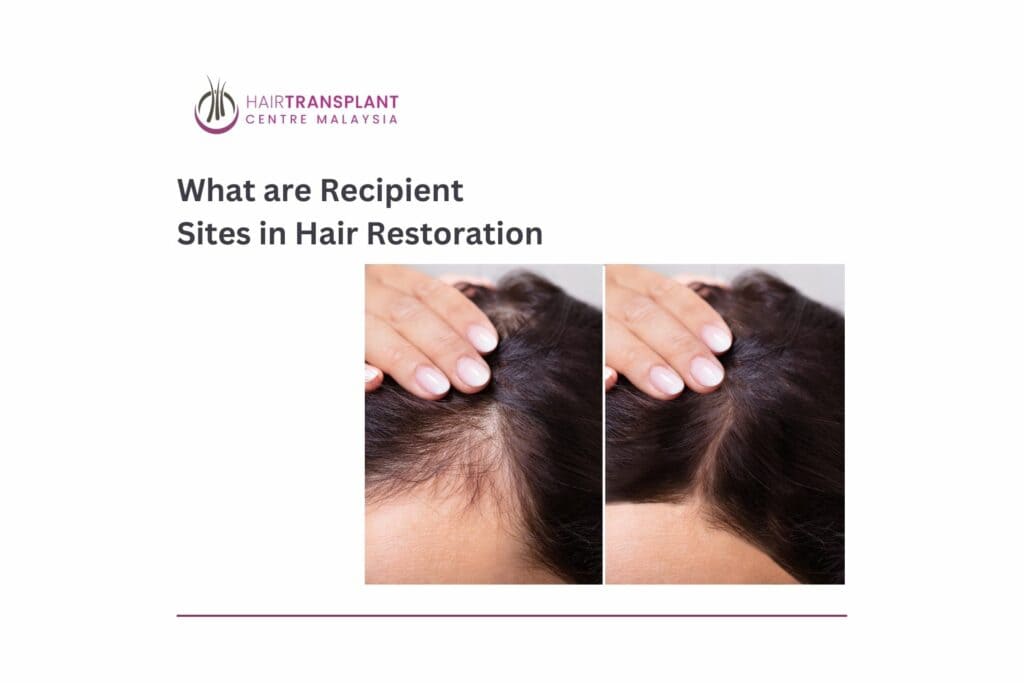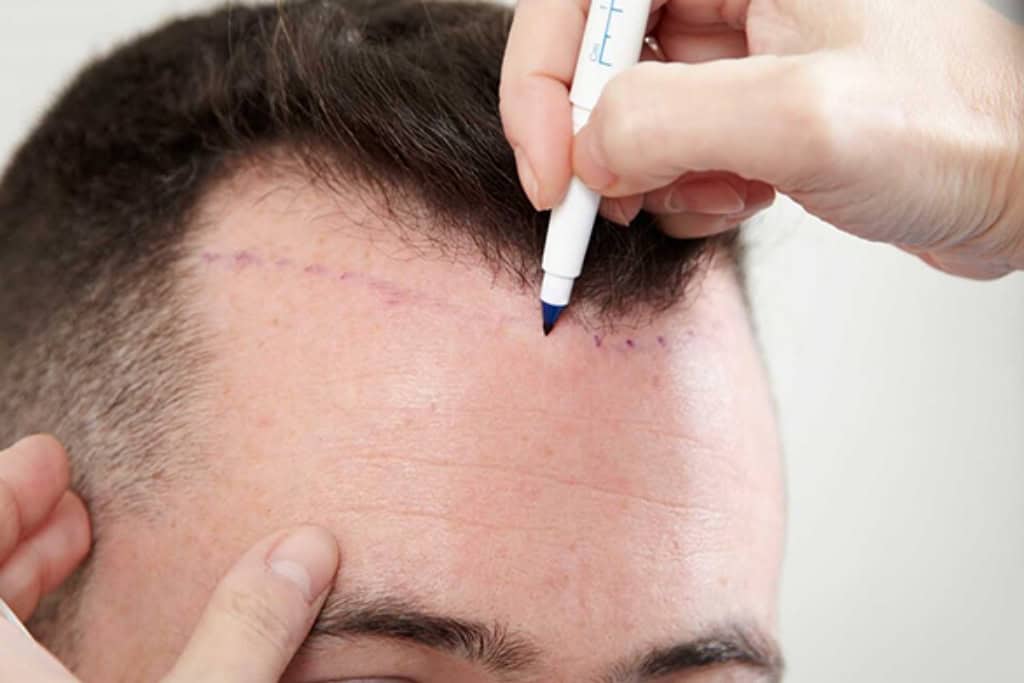What are Recipient Sites in Hair Restoration
During a surgical hair restoration procedure, recipient sites are the specific areas on the recipient scalp where grafts are to be placed. This involves making a hole or a slit via one of any various tools that are available that are designed to accommodate each hair graft.
Let us call you

The History of Recipient Sites in Hair Restoration
In the early days of hair restoration, recipient sites were very large in order to accommodate the much larger size of grafts that were in use. This included punch plugs and mini grafts. The sheer size of these incisions prevented the grafts from being placed close to each other so dense packing was not possible. In addition, the large size of the recipient sites meant that more trauma was inflicted on the patient’s recipient scalp and more scarring would develop. Now, however, the sites are small enough that a person can comfortably wear a close-cut hairstyle without fear of being noticed. These advances in hair restoration are due to significant improvements in both the equipment and techniques involved, most notably the invention of the stereoscopic microscope in the mid-1990s, which allowed physicians to create smaller grafts. Smaller grafts, in return, allowed for smaller recipient sites. Currently, the recipient sites made for grafts harvested via FUT and FUE alike are small enough that high densities can be achieved with minimal overall trauma and subsequent scarring.
In hair restoration surgery, recipient sites for insertion of follicular units are made with micro blades or needles, with the goals of achieving the closest proximity possible and maintaining vascular nutritional support for the grafts. The doctor will prepare the “recipient region” where the new grafts will be implanted. The first step is to numb this region with the same local anesthesia used in the donor area. Next, the doctor will use tiny tools (typically custom cut blades or needles) approximately one millimeter in width to make thousands of incisions in the bald scalp. These incisions – or “sites” – are made in specific directions, densities, and patterns to recreate a full and natural appearance. The doctor also uses different sized tools to make slightly smaller incisions in the new hairline region. This is because only smaller, single hair follicular units can be used to recreate a soft, natural frontal hairline.
Recipient Sites in Hair Restoration: Why is recipient sites creation so important?
For the hair follicles to be fed, the holes (slits) must match the diameter of the hair follicles to be implanted. If the holes are wide, hair roots can move or be buried in the holes. If they are narrow, the implantation process becomes very difficult, the operation period prolongs, and the roots that are implanted may not be fed adequately because of damage during implantation.
Recipient sites must meticulously match the angle, direction, natural flow and pattern of the natural hair. These are the most important factors for natural-looking and aesthetically pleasant hair transplantation. If the hair is implanted in its natural orientation, it can then be combed and shaped as desired.

Recipient-site creation truly expresses the artistry of the surgeon performing the work. The recipient site creation process must be performed by a doctor with experience and aesthetic vision. The surgeon is able to create the entire pattern before the assistants begin placing the grafts and thereby visualize and control the absolute design of the pattern.
The angle of the grafts should be in the frontal region ( hairline) 30°, in the middle part 45° degrees and toward anteriorly. The Crown region is especially important and challenging. In the crown region, by following the directions and angles of the existing hair, a natural-looking result may be obtained. If there is no hair in the crown; on the lateral part, slightly outward and 45 degrees, in the middle it is suggested to be forwards and 30 – 45 degrees. In some parts of the crown, the exit angles of hair may reach up to 60 degrees. In the lower parts of the crown, the hair turns downward and the angle decreases considerably.


